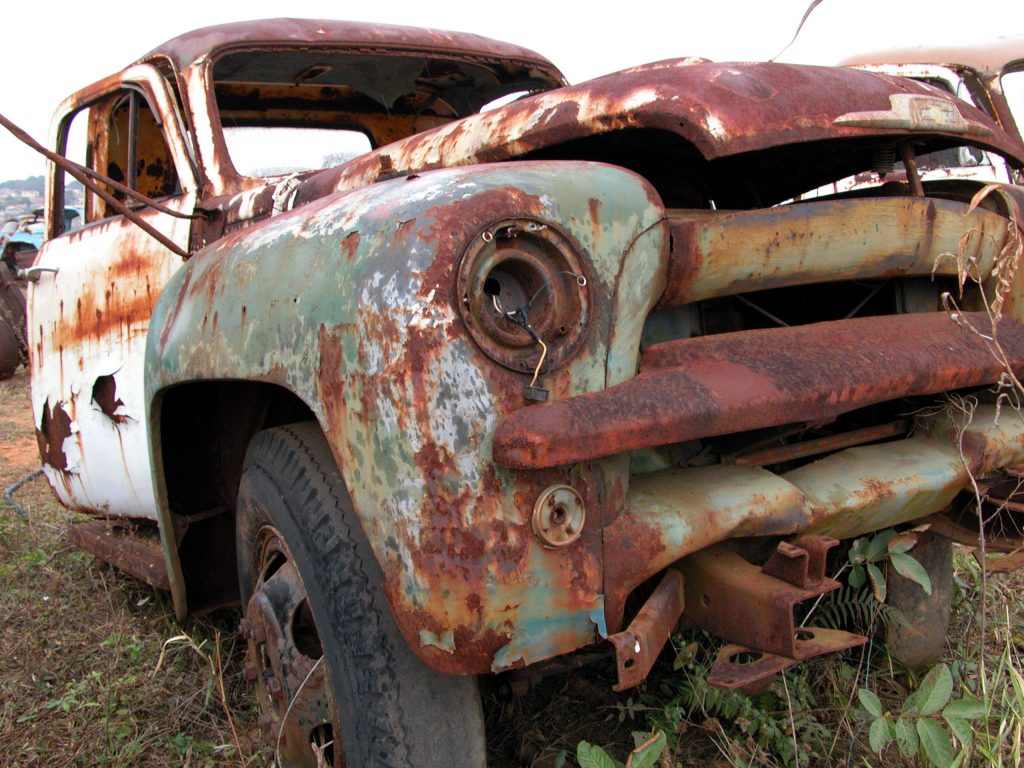 In 1997, Brandon Hirstius purchased a tract of land in St Tammany Parish. Nearly 14 years later, in 2011, Mr. Hirstius complained of an unauthorized utility pole on his property belonging to BellSouth Telecommunications, Inc. and filed a trespass lawsuit against the telecommunications company. In the midst of the June 2012 trial, Mr. Hirstius discovered the Renaissance Media, LLC, owned aerial wires attached to the utility pole in question.
In 1997, Brandon Hirstius purchased a tract of land in St Tammany Parish. Nearly 14 years later, in 2011, Mr. Hirstius complained of an unauthorized utility pole on his property belonging to BellSouth Telecommunications, Inc. and filed a trespass lawsuit against the telecommunications company. In the midst of the June 2012 trial, Mr. Hirstius discovered the Renaissance Media, LLC, owned aerial wires attached to the utility pole in question.
In May 2013, Mr. Hirstius filed a trespass lawsuit against Renaissance seeking damages and a mandatory injunction requiring Renaissance to remove all its equipment from his property. In response, Renaissance filed a single pleading arguing that there was a peremptory exception of no right of action, meaning that Renaissance believed that Mr. Hirstius did not have a legal right of action, and, alternatively, Renaissance also argued that Mr. Hirstius’ claims were prescribed, meaning that he did not file the trespass claim within a year of discovering Renaissance’s equipment on his property and therefore could not do so now. See La. C.C.P. arts. 3492 & 3493.
The trial court concluded that Mr. Hirstius’ claims were prescribed and granted Renaissance’s motion for summary judgment dismissing the lawsuit against Renaissance. The court determined that Mr. Hirstius knew or should have known about the existence of the equipment on his property when he filed the lawsuit against BellSouth in 2011, and therefore, his filing of the lawsuit against Renaissance in 2013 was more than a year after such knowledge and he was therefore barred from seeking damages. Mr. Hirstius argued that his claims were not prescribed because the trespass by Renaissance was continuous, and therefore the one year clock had not started. The court rejected this argument. The court also denied Renaissance’s exception of no right of action on the basis of mootness.
 Louisiana Personal Injury Lawyer Blog
Louisiana Personal Injury Lawyer Blog


 Residents of Louisiana may sometimes feel like there is no other place quite like their home state, but as a recent case out of Vermillion Parish demonstrates, when it comes to the laws regarding land and property, Louisiana truly is one-of-a-kind. Thanks to Louisiana’s history with the Napoleonic Code, Louisiana residents deal with legal issues other State residents never face, such as servitudes, usufructs, and acquisitive prescription. The following case out of Vermillion Parish caused the Louisiana Supreme Court to settle a land dispute by analyzing if a proclaimed landowner qualified as owner of the disputed land through acquisitive prescription and along the way provides some insight into how those terms are defined under code.
Residents of Louisiana may sometimes feel like there is no other place quite like their home state, but as a recent case out of Vermillion Parish demonstrates, when it comes to the laws regarding land and property, Louisiana truly is one-of-a-kind. Thanks to Louisiana’s history with the Napoleonic Code, Louisiana residents deal with legal issues other State residents never face, such as servitudes, usufructs, and acquisitive prescription. The following case out of Vermillion Parish caused the Louisiana Supreme Court to settle a land dispute by analyzing if a proclaimed landowner qualified as owner of the disputed land through acquisitive prescription and along the way provides some insight into how those terms are defined under code.
 Buying a car is a huge endeavor for most people. Most of the time we do our due diligence and make sure we have a fair understanding of what we are purchasing. However, only so much information is under of our control. When buying a used car, we are often forced to go off of what the seller tells us about the vehicle. This can be nerve racking for many. It’s safe to say that the nerves tend to lessen when we are buying a used car from a certified pre-owned dealership, and the car is under warranty. Unfortunately, for two Louisiana men, a truck under warranty purchased from a reputable dealership caused more problems than were conceivable.
Buying a car is a huge endeavor for most people. Most of the time we do our due diligence and make sure we have a fair understanding of what we are purchasing. However, only so much information is under of our control. When buying a used car, we are often forced to go off of what the seller tells us about the vehicle. This can be nerve racking for many. It’s safe to say that the nerves tend to lessen when we are buying a used car from a certified pre-owned dealership, and the car is under warranty. Unfortunately, for two Louisiana men, a truck under warranty purchased from a reputable dealership caused more problems than were conceivable.